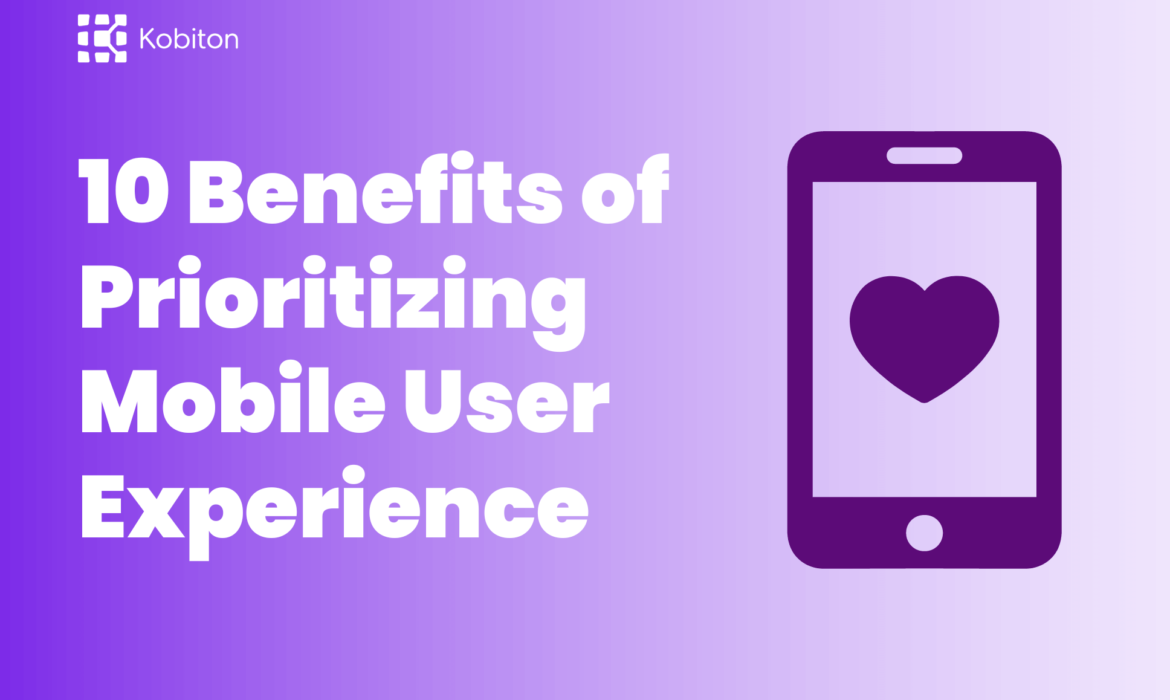+91-9625063767

Why Your BusiWhy Your Business Needs a Mobile-First Marketing Strategy
Introduction
Prioritize Mobile Engagement In today’s digital age, businesses cannot afford to ignore mobile users. With an increasing number of consumers accessing the internet via smartphones, a mobile-first strategy has become essential for businesses looking to stay competitive. A mobile marketing approach ensures that brands optimize their online presence for mobile users, enhancing engagement, conversion rates, and overall customer experience. In this blog, we’ll explore why adopting a mobile-first strategy is crucial and how it can drive business success Prioritize Mobile Engagement.
Understanding Mobile-First Strategy
A mobile-first strategy prioritizes mobile experiences over desktop, ensuring websites, content, and marketing efforts are tailored for mobile users. Google’s mobile-first indexing further underscores its importance, as search engines now primarily consider a website’s mobile version for ranking purposes. Businesses that neglect mobile optimization risk losing visibility and engagement in an increasingly mobile-driven world.
The Importance of Mobile Marketing
1. Dominance of Mobile Traffic
Mobile devices account for over 50% of global web traffic, highlighting the growing preference for mobile browsing. Consumers use their smartphones for shopping, research, and social media, making mobile marketing an indispensable strategy for businesses targeting modern consumers Prioritize Mobile Engagement.
2. Impact on SEO
A mobile-friendly website is a key ranking factor in mobile SEO. Search engines like Google prioritize websites that are responsive, load quickly, and provide a seamless mobile user experience. Businesses that optimize their sites for mobile benefit from higher search rankings, increased organic traffic, and better engagement rates.
3. Enhanced User Experience
A mobile-optimized website provides an intuitive and seamless user experience, reducing bounce rates and increasing conversions. A mobile-friendly website ensures faster loading speeds, easy navigation, and a visually appealing layout, making it easier for users to engage with your brand.
4. Boosting Conversion Rates
Mobile users exhibit different behavior patterns than desktop users. They prefer quick, efficient browsing experiences with seamless purchase options. A well-executed mobile-first strategy improves conversion rates by providing features like one-click checkouts, mobile-friendly forms, and voice search capabilities Prioritize Mobile Engagement.
5. Growing Influence of Mobile Advertising
Mobile advertising is a powerful way to reach a targeted audience. Businesses can leverage in-app ads, social media advertising, and SMS marketing to engage potential customers effectively. With features like location-based targeting and personalized messaging, mobile advertising enhances customer engagement and brand visibility Prioritize Mobile Engagement.
Key Elements of a Mobile-First Strategy
1. Responsive Web Design
A mobile-friendly website should adapt seamlessly to different screen sizes, ensuring optimal user experience across all devices. Responsive web design allows content to adjust dynamically, preventing issues like text being too small or images being distorted on mobile screens Prioritize Mobile Engagement.
2. Fast Loading Speed
Slow-loading websites lead to high bounce rates and lost potential customers. Optimize images, minimize code, and leverage caching techniques to improve mobile page speed. Google’s PageSpeed Insights can help businesses identify areas for improvement.
3. Mobile-Optimized Content
Create concise, engaging, and easy-to-read content that caters to mobile users. Use bullet points, short paragraphs, and compelling headlines to enhance readability. Video content also plays a crucial role in mobile marketing, as it captures attention quickly and boosts engagement Prioritize Mobile Engagement.
4. Voice Search Optimization
With the rise of voice assistants like Siri, Alexa, and Google Assistant, businesses must optimize for voice search. Implement conversational keywords and natural language phrases to align with voice search queries and improve mobile SEO rankings.
5. Mobile-Specific Advertising
Invest in mobile advertising through platforms like Google Ads, Facebook Ads, and Instagram Ads. Use mobile-friendly ad formats such as interactive banners, video ads, and shoppable posts to drive engagement and conversions.
How Mobile-First Strategy Impacts Different Industries
E-Commerce
A mobile-first strategy is crucial for online retailers, as a majority of consumers shop through mobile devices. Features like mobile-friendly websites, push notifications, and one-click payments enhance the shopping experience, leading to higher sales and customer retention.
Local Businesses
For brick-and-mortar stores, mobile marketing helps attract local customers through location-based ads, Google My Business optimization, and mobile-friendly listings. Mobile searches for “near me” services continue to rise, making mobile optimization essential.
Service-Based Businesses
Industries like healthcare, finance, and education benefit from mobile-friendly websites that offer appointment booking, live chat, and informative content tailored for mobile users. Ensuring accessibility across mobile devices improves customer trust and engagement.
Future Trends in Mobile-First Marketing
- 5G and Enhanced Mobile Experiences – Faster internet speeds will enable richer media experiences, including AR/VR shopping, live streaming, and high-definition video content.
- AI-Powered Chatbots – AI-driven chatbots will enhance customer service on mobile platforms, providing instant assistance and personalized interactions Prioritize Mobile Engagement.
- Augmented Reality (AR) Shopping – E-commerce brands will increasingly integrate AR for virtual try-ons and immersive shopping experiences.
- Mobile Wallet and Contactless Payments – Businesses will prioritize seamless mobile payment options like Apple Pay, Google Pay, and UPI for faster checkouts.
Conclusion
A mobile-first strategy is no longer optional—it’s a necessity for businesses looking to thrive in the digital landscape. Optimizing for mobile marketing, mobile SEO, and mobile advertising ensures better engagement, improved search rankings, and higher conversion rates. As mobile usage continues to grow, brands that prioritize mobile-friendly websites and tailored mobile experiences will stay ahead of the competition.
By implementing a well-planned mobile-first strategy, businesses can create meaningful connections with their audience, enhance user experience, and drive sustainable growth in the ever-evolving digital world.
Prioritize Mobile Engagement




